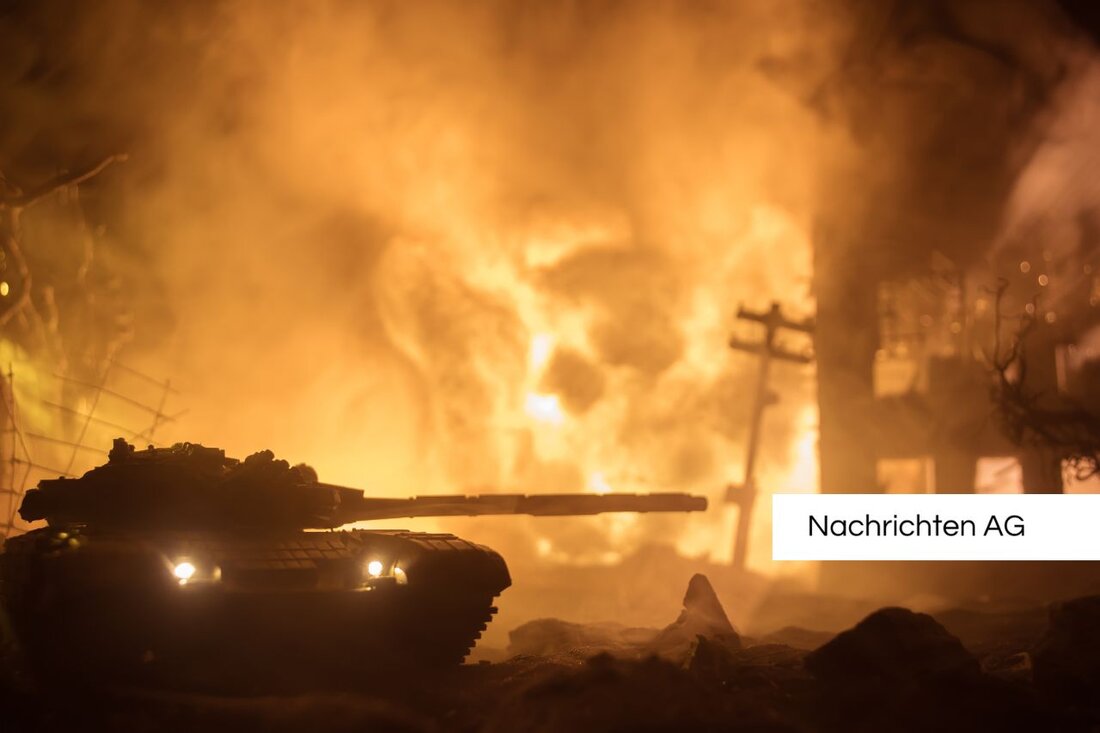Escape stories in Gießen: Memories of the GDR and its consequences
Find out more about Giessen as a place of remembrance for refugees, the memorial stone for the 1953 popular uprising and moving stories of escape and arrival.

Escape stories in Gießen: Memories of the GDR and its consequences
In the heart of Giessen, in a place full of history, there are memories of the refugees who fled the challenges of their time. The memorial stone for the popular uprising in the GDR, which took place in June 1953, is a central part of the former emergency room. It is located directly opposite the entrance to the canteen building and is a symbolic reminder of the events that shaped the course of GDR history. Loud Faz.net Contemporary witnesses report on the time before the GDR border crossings were opened in November 1989 and the fall of the Berlin Wall.
The memorial stone, which was inaugurated in 1954, is part of an extensive exhibition that commemorates people's escapes and impulses to flee. It is interesting that there are three memorial stones on the site of the former emergency camp. The other two memorial signs were erected in 1990 on the occasion of the celebration of German unity and consist of an engraved boulder and a memorial stone that was made from the end of the Berlin Wall. These commemorative documents were donated by the General Association of Soviet Zone Refugees, such as: Places of remembrance reported.
A place of memories and escapes
The exhibition in Haus Hessen is an impressive testimony to the diverse stories of escape. This is how young Maksen talks about her dangerous escape from Afghanistan. A pizza baker who has relatives in Düsseldorf becomes her crucial contact. Her search for a Mujahideen commander who is willing to help her ultimately leads her to the Afghan-Pakistani border and on to the Federal Republic of Germany's embassy in Pakistan. There she receives a plane ticket that takes her to London and finally to Frankfurt, where she is placed in an emergency camp. This moving story is documented in the exhibition by her student ID card and a map showing her escape route Faz.net explained.
Former professional footballer Norbert Nachtweih, who fled the GDR in 1976, tells another impressive escape story. The experiences of a Syrian who arrived in Giessen after 2015 also show how positive the city has been for refugees. The daughter of a former employee of the state security service reflects on the complex contradictions of her parents, whose adventures are also recorded in a handwritten declaration of commitment from her father. In the exhibition, visitors can deal with these impulses to flee and the various facets of the past.
Meaningful memories for the future
Particularly noteworthy is the ceremonial inauguration of the memorial stone for the popular uprising, which took place in 2000, and the associated return of the stone to its original location in the center of the memorial. This happened as part of the opening of the Giessen emergency room as a place of learning and remembrance, which was ceremoniously inaugurated on June 17, 2025. The text on this memorial stone, “June 17, 1953 / Unity / Peace Freedom”, speaks for itself and represents the values that many people fought for.
Giessen's mayor Frank-Tilo Becher describes the former camp as a place of storytelling and arrival. The city has proven to be a refuge for many people, and the exhibition will certainly help further the dialogue about displacement and arrival in the region. Former Federal President Joachim Gauck also praised the city's willingness to accept refugees after the war, thereby creating a clear connection between the past and the present.

 Suche
Suche